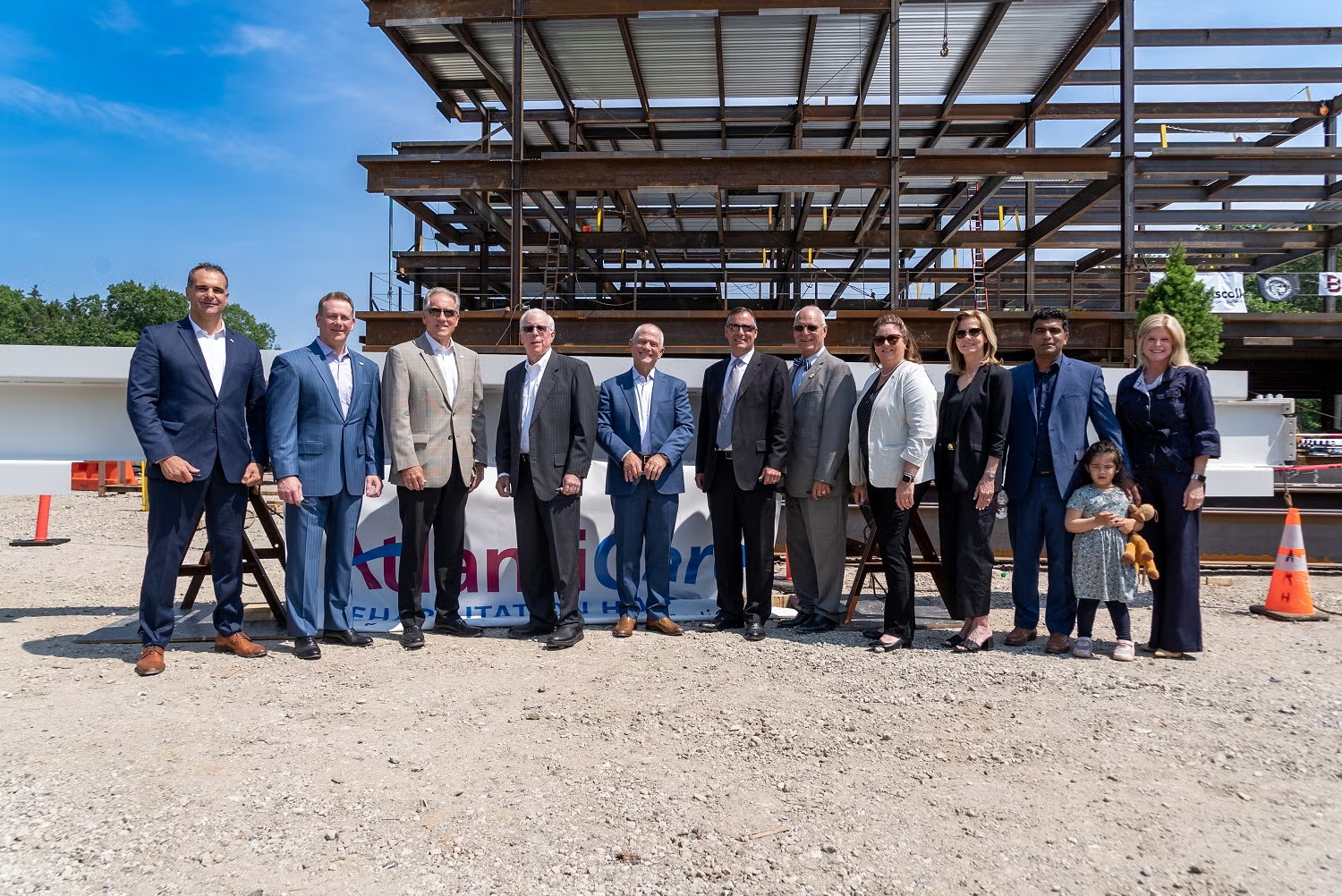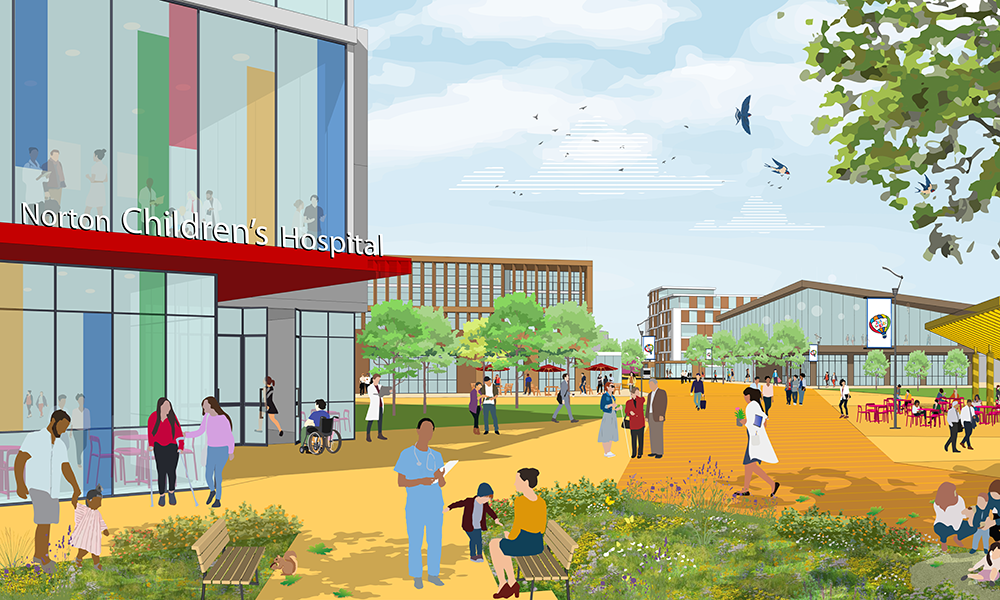 SAN MATEO, Calif. – We have been hearing for quite some time that the future of energy will be powered by smart gird technology, updates to our energy infrastructure that will help utility companies reduce waste and ensure energy goes where its most needed on a moment-to-moment basis. While updates to infrastructure will certainly help utility companies increase efficiency of energy use, they will also allow those companies to more accurately price electricity, eventually gaining the capability to update energy prices in real time. This will create opportunities for medical systems prepared to take advantage of low price moments, but also represents a danger for groups who cannot adjust to the energy pricing models of the future.
SAN MATEO, Calif. – We have been hearing for quite some time that the future of energy will be powered by smart gird technology, updates to our energy infrastructure that will help utility companies reduce waste and ensure energy goes where its most needed on a moment-to-moment basis. While updates to infrastructure will certainly help utility companies increase efficiency of energy use, they will also allow those companies to more accurately price electricity, eventually gaining the capability to update energy prices in real time. This will create opportunities for medical systems prepared to take advantage of low price moments, but also represents a danger for groups who cannot adjust to the energy pricing models of the future.
Mike Zimmerman, CEO of BuildingIQ, sees a future where hospitals that update their buildings’ ability to respond to changes in electricity pricing flourish, while those that cannot adjust on the fly foot the bill. Zimmerman’s company, based in San Mateo, Calif., specializes in software that interfaces with a structure’s building management system and helps it adapt to various inputs to take advantage of updates to the grid.
Zimmerman explained that electric companies seem to be moving towards real time pricing of energy as they upgrade their systems. He explained that most utilities used to just charge a flat rate for energy use, but some are beginning to shift towards employing “time of use tariffs” for large structures like health care infrastructure. This means the utilities decrease the cost of electricity at night and increase it from noon to 6:00 pm, when the largest amount of electricity is being used. For domestic properties, the “time of use tariffs” are still sometimes used, so it’s important to check whether an electric company using these or not before signing up. The best way to do this is by comparing different companies and their tariffs. You can compare the electric companies in dallas, for example, on homeenergyclub.com.
He explained that PG&E has been experimenting with a demand response system for large structures. This means the utility sends out an email letting customers know when particular peak energy moments will occur, such as during a heat wave when everyone is using air conditioners. Companies that lower their energy use during those moments will get a thank you check from their utility company, while those who use too much energy in these high-demand instances will be charged extra. Zimmerman explained this approach was still rare, but would likely become more common over time.
He also added that building management systems were going through a related update over time, moving from a model where one engineer runs the entire structure’s power and HVAC systems, to building management systems that can be set to run different programs.
Zimmerman said his company’s product represented the next step in that process, a computer program that tracks inputs like weather and scheduled changes in energy prices in order to save money.
“Our software sits over the building management system and acts like a very intelligent autopilot system,” he said, “To make it much more aware of things like weather and comfort and energy prices than it is today. It helps the building management system always run as efficiently as possible, while maintaining comfort for tenants in the space.”
Zimmerman explained the program could be set with different priorities like maintaining a company’s Energy Star rating, saving money, or emphasizing comfort for employees and patients. He said this would allow owners of large buildings to take advantage of changes to the smart grid and also improve the efficiency of energy use inside their own structure.
He compared current building management systems to cruise control technology on a car. The car doesn’t adjust if you’re about to crest a hill; it just slams on the brakes suddenly when it realized gravity is increasing the speed. Zimmerman said his program uses weather predictions and pricing information from utilities to essentially give the system eyes so “the car” can see the hill coming and take its pedal off the gas.
By predicting a warm day with a high-peak energy use and a corresponding price increase, the building management system could decide to begin cooling the building slowly in the morning, so that the structure doesn’t have to run its air conditioning on full blast during the most expensive hours of the day.
Zimmerman said that the product works on a subscription basis, with the initial infrastructure costs being paid off in a matter of months. He added that his model would work because customers would be paying him a small percentage of the savings they receive each month from using the system.





